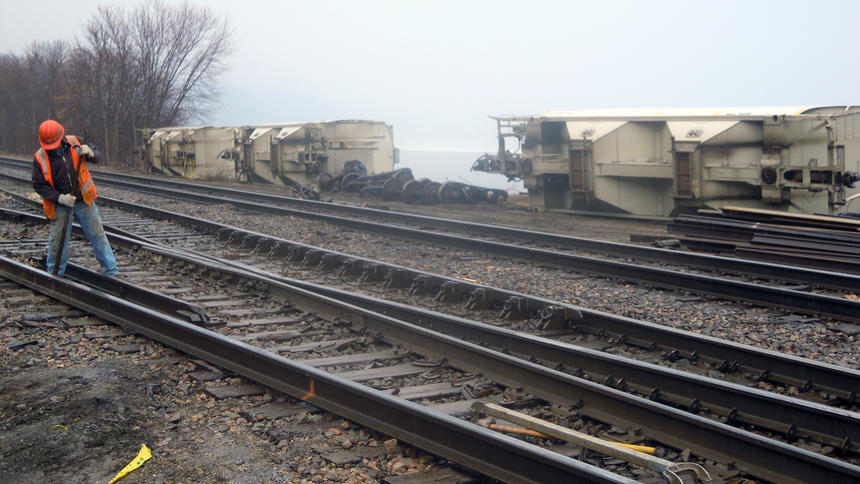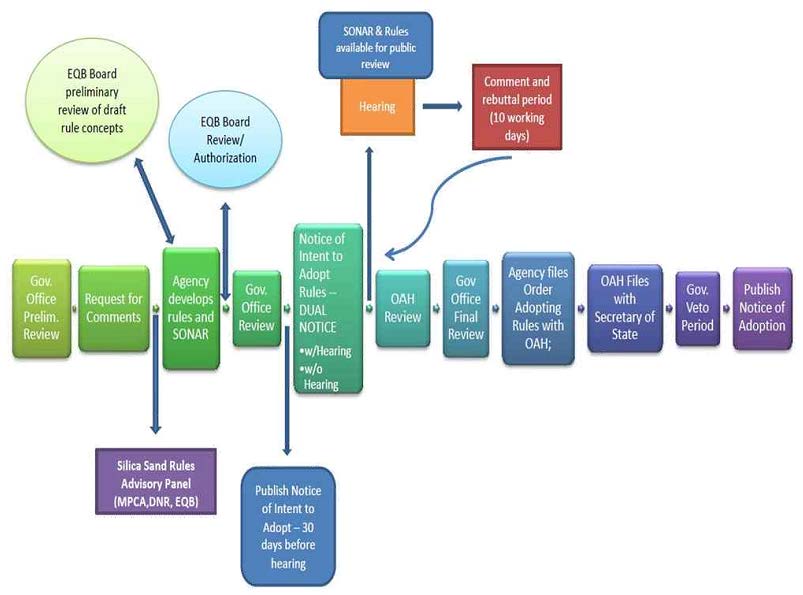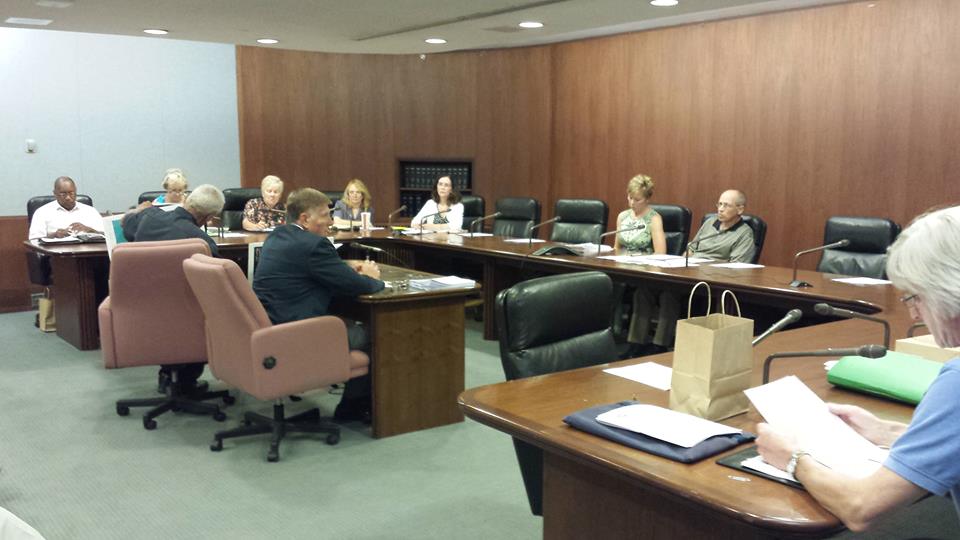The rulemaking process — nothing changes…
September 13th, 2015
Many thanks to the “little birdie” who brought this decades old report to my attention:
Yes, this is a report from the Minnesota Legislative Auditor from 1993, and if you read it, you’ll see little has changed is so many years… The issues raised are issues we’ve been raising in the Public Utilities Commission rulemaking for Minn. R. Ch. 7849 and 7850 (Certificate of Need and Siting/Routing). AAAAAAAAAAAACK!
For example, from the Summary:
For example, in the PUC Rulemaking for 7849 and 7850 (PUC Docket 12-1246), it’s been an over two-year-long process, and few are showing up anymore. We weigh in, some things are taken into account in the drafts, and then that disappears from the next draft. How can it feel like anything but a colossal waste of time? Yet if we weren’t there, the utilities would get everything they want. And as with the utility Certificate of Need and Siting/Routing processes, rulemaking has the same notice and public participation problems. It’s all the same, deja vu all over again.
… and also from the report …
Does this sound familiar?
So what is the bottom line of this report?
Also, we recommend the following additional changes to the Administrative Procedure Act:
… and …
In addition to changing the APA and other statutes that govern agency rulemaking, we recommend that:
Silica Sand Rulemaking — Mtg. Thursday 8/28
August 26th, 2014
 It’s that time again — the Silica Sand Advisory Committee is meeting again on Thursday, from 10 a.m. to 3:30 p.m. at the People’s Energy Cooperative in Oronoco, Minn.
It’s that time again — the Silica Sand Advisory Committee is meeting again on Thursday, from 10 a.m. to 3:30 p.m. at the People’s Energy Cooperative in Oronoco, Minn.
Here’s the Agenda:
Agenda
Dig this:
In my experience, the search/stretch for consensus is the first step in unreasonable compromise. It takes a push to change things, and it’s important not to give up too soon.
As you know, I’ve been frustrated at the way these meetings are handled, in that they’re NOT doing what a rulemaking advisory committee is supposed to do, which is review and comment on draft rules. And we’re not getting representation on this committee, there are no regular updates from members that I’m aware of, unless I ask on a list, so we’re not getting any opportunity for input or feedback from the representatives. Plus there’s Charlie Peterson…
I was listening to the July meeting, and for introductions, there were only six members of the committee present:
Tara Wetzel – MN Aggregate Ready Mix Assoc.
Beth Procter – Lime Twp., Blue Earth County
Al Frechette – Scott County
Doug Losee – Unimin
Tom Rowekamp – IT Sand
Kelly Stanage – Citizen Rep. from Houston County
I’ve heard from Amy Nelson that she, Keith, and Vincent Ready were there. Katie just let me know she was there. Others? Were introductions not broadcast? Did anyone come in later? Can’t tell, it was audio only (unless I’m missing something), and the audio was out for a large part of the presentation. Where are the alternates? Where are the alternates? And if members are determining that it’s a big waste of time and don’t want to show up, well, it seems they ought to let the agencies know so replacements can be found! And so the meetings can be changed to become more ___________ and less _________ so members can and will attend!
Here’s the bright spot of the day, from what I’ve seen:
Look where they put the “Advisory Panel.” IT’S IN THE RIGHT PLACE!!! YES!!! Now, there needs to be another arrow, though, or a expansion of the purple square that says, “Advisory Panel review of draft rules.” They’re sidestepping by saying that, even the EQB Board, will “review draft rule concepts.” NOPE, not good enough, eliminate that word “concepts” and let’s start reviewing rules, the Advisory Panel and the EQB. DRAFT RULES! It’s that simple.
From the site, here are the future planned meetings:
Yesterday – Mississippi River Parkway Commission
August 23rd, 2013
Yesterday was the quarterly meeting of Minnesota’s Mississippi River Parkway Commission. Attorney Bill Mavity, accompanied by several others from Wisconsin, presented on frac sand mining and impacts on the Great River Road. He authored and promoted the Pepin County ordinance:
He brought up the economic report that they’d completed in association with the Ordinance:
He noted that the Ordinance is economic regulation, and if challenged, this report essential because it provides the rational basis necessary to support the Ordinance. This points to the necessity of having an economic analysis for this type of ordinance, without it, or some other substantive support, it is much weaker and susceptible to challenge.
The Minnesota MRPC is sensitive to the impacts of frac sand mining on the Great River Road and the Mississippi, and has agreed to pull together a Resolution similar to that of the Wisconsin MRCP, which they’ll discuss at their November meeting. They also will be considering a silica sand presentation at the annual convention.
I gave a short update on the completion of permitting for CapX 2020 transmission, what with this week’s Supreme Court denial of Oronoco Township’s Petition for Review. MRPC submitted comments for a number of the CapX 2020 dockets — CapX 2020 transmission will have a significant impact on the Great River Road. Any day now they’ll start the 345kV part of the Hampton-La Crosse route which crosses the Mississippi River at Alma. Staff also got the scoop from me about agencies’ silica sand mining agenda including Standards and Criteria (which includes bluff and road impacts).
This was a very effective presentation by Mavity. It’s unfortunate that no one else from frac sand mining land showed up!





